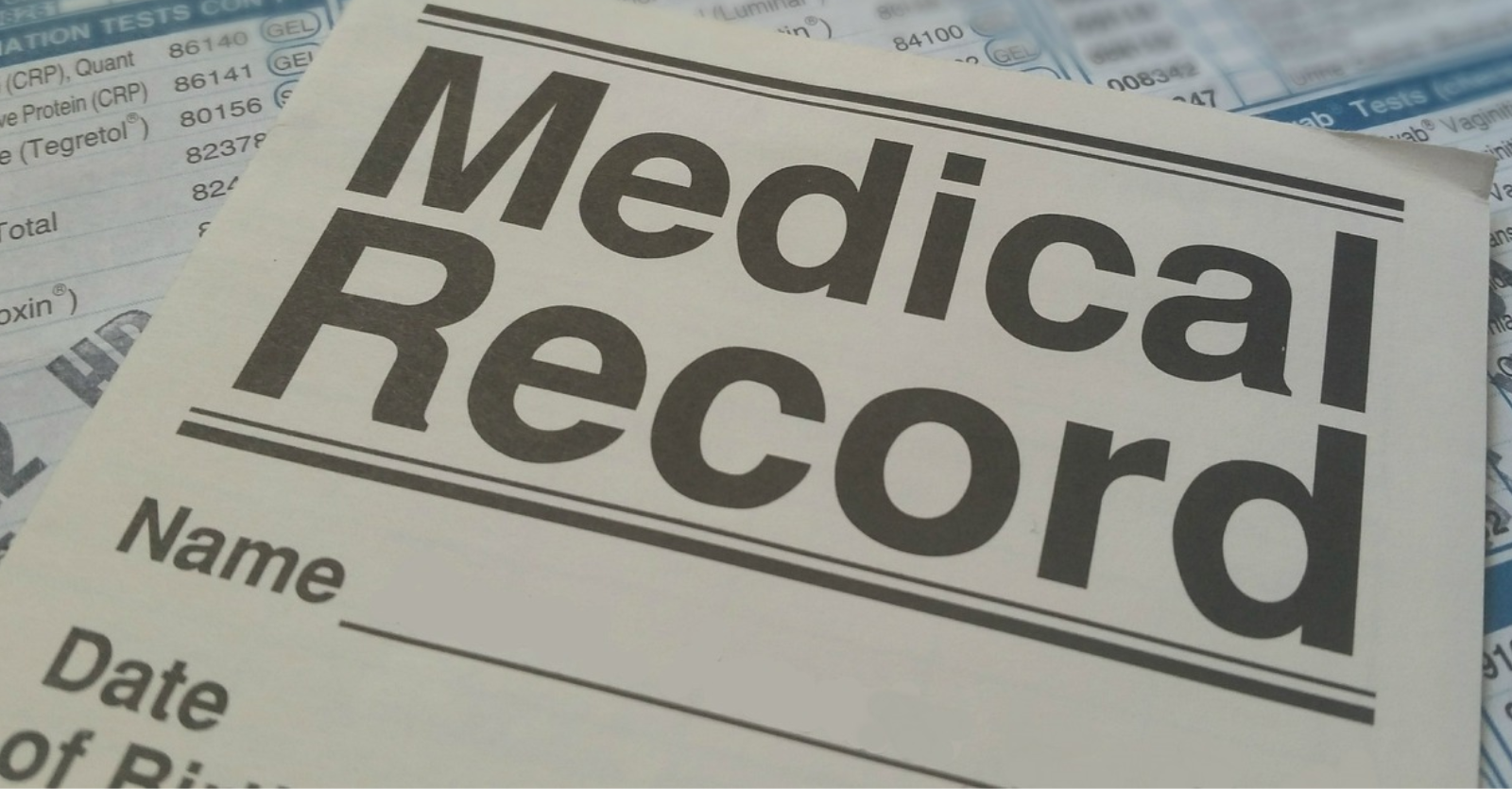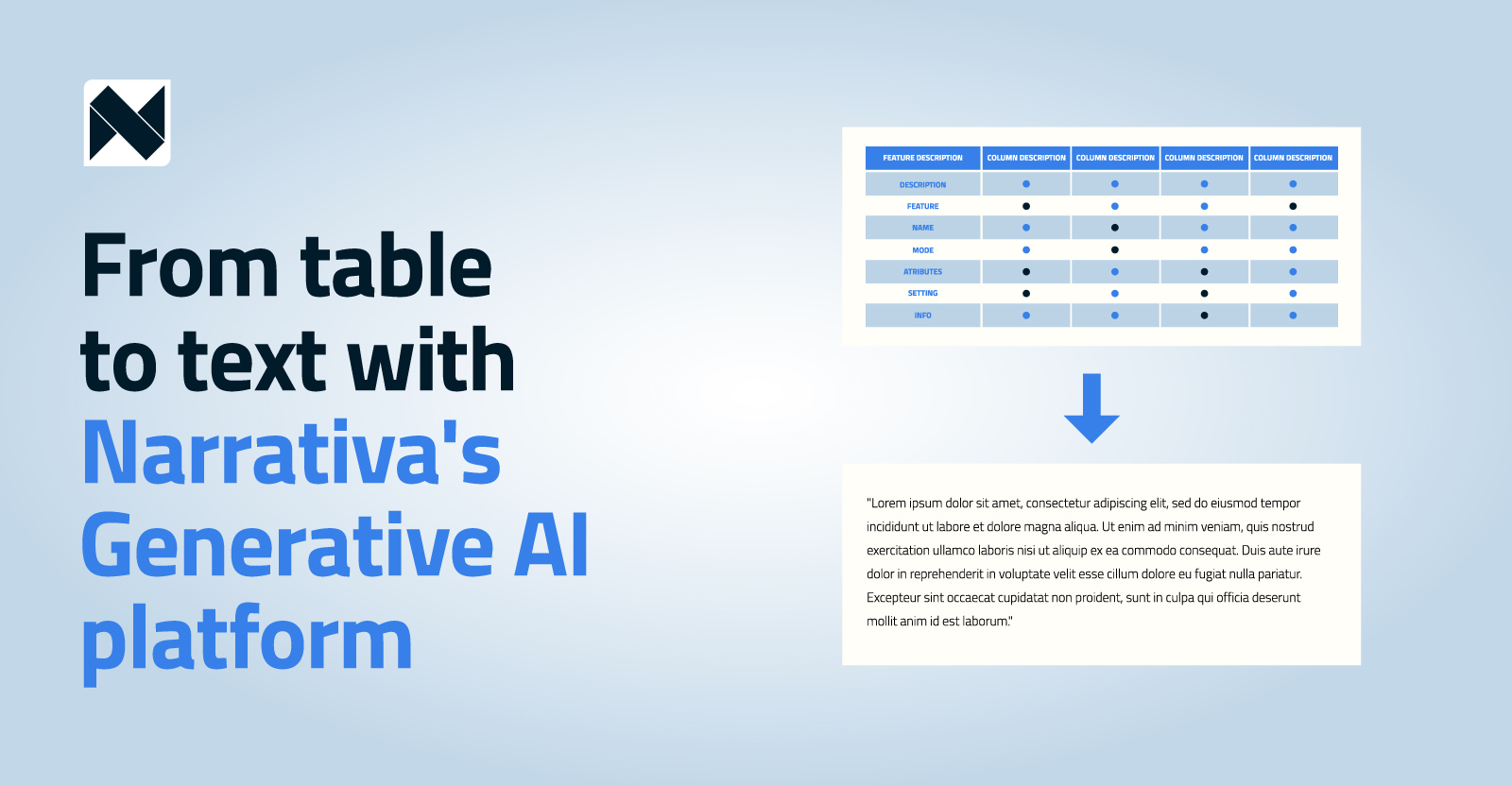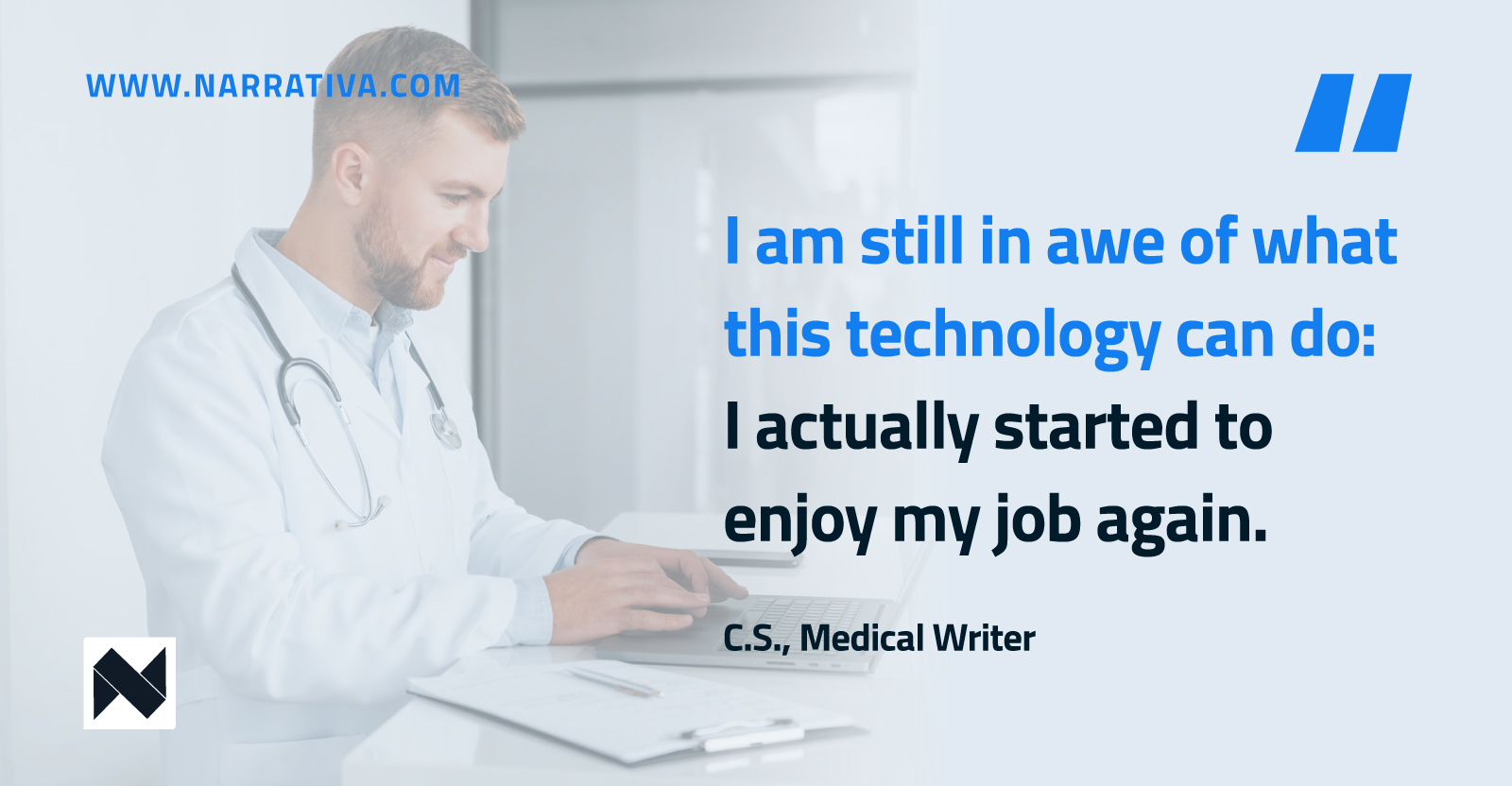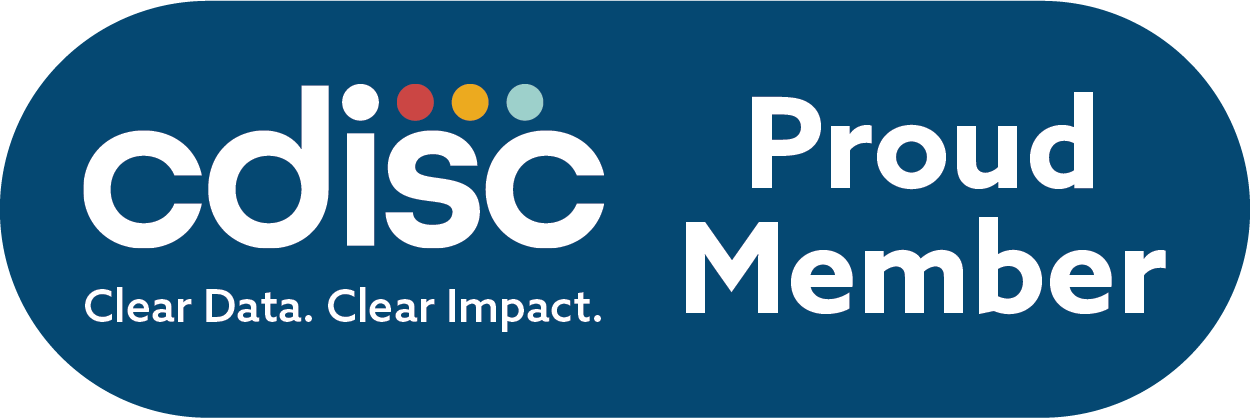July 24, 2023
Patient Safety Narratives in the Age of Generative AI

By Ehab Naim
Clinical study reports (CSRs) are documents that provide detailed information about the design, methodology, and outcomes of clinical studies and are created from sources like Tables, Listings, and Figures (TLFs) among others. These documents are submitted to regulatory authorities, such as the Food and Drug Administration (FDA) in the United States and the European Medicines Agency (EMA), to assess the safety and efficacy of pharmaceutical and biotech products. Patient safety narratives represent an important part of the CSR that provide comprehensive safety information about adverse events experienced by subjects during the course of a clinical study.
More about patient safety narratives
Patient safety narratives, among other outcomes, help regulatory authorities assess the safety of investigational products and contribute to the equation of the risk-benefit ratio. Patient narratives include, but aren’t limited to several elements, such as the subject’s identifier, description of the clinical course leading to the adverse event, its timing, severity, duration, concomitant medications, outcome, laboratory measurements, and investigator’s assessment. All this information is provided in detail while respecting and protecting patients’ information privacy.
To produce patient narratives, information needs to be extracted from the source files, like the Study Data Tabulation Model (SDTM), Case Report Forms (CRFs), and The Council for International Organizations of Medical Sciences (CIOMS) forms. Afterward, medical writers use this information to create patient narratives.
Challenges associated with authoring patient safety narratives
As simple as it may sound, writing a safety narrative is not an easy feat. This is attributed to many factors, like the high volume of narratives expected in many phase II to phase IV trials. In oncology studies, due to factors like therapeutic area complexity, study duration, and the number of participants involved in them, this is especially true. Additionally, writing patient narratives requires a significant investment of time to incorporate and combine data so they are articulated logically, chronologically, and in a consistent manner. Moreover, narratives need to follow a specified format, outline, and sentence structure.
Narrativa’s solution can produce narratives with a few clicks!
For years, Narrativa has worked on perfecting its generative AI tools to suit the needs of pharmaceutical and biotech companies. One of the solutions that Narrativa offers is automating patient safety narratives. In this area, our automated patient narratives generation technologies utilize natural language processing (NLP) and natural language generation (NLG), which are subsets of AI. They have been proven to be of significant value to our clients. For example, the Lymphoma and Leukemia Society (LLS), utilizes our automation solution to produce patient narratives that will be submitted to the FDA!
When we asked our clients how our solutions are helping their medical writing teams, they reported that patient narratives automation saves them a great deal of time, as it needs only a few minutes to generate the first draft. Also, they mentioned how easy it is to modify the narratives and create subsequent versions with just a few clicks!
Another unique feature that our clients’ medical writing teams highlighted as a significant contributor to our solution’s value is its ability to detect inconsistencies in the databases that are needed to create patient narratives. For example, our solution can flag inconsistencies in adverse event dates, incomplete or missing data, and many other features. They emphasized the importance of this feature in the validation and quality check processes.
Another feature that distinguishes our patient narrative solution is that it can be adapted to fit a certain format, sentence structure, and/or template. To boot, this configuration only has to be completed once, saving a great deal of time!
Collectively, the value of our patient narrative generation solution can be realized across multiple steps in the patient narrative production process, from authoring time and quality to validating the outcome and quality control aspects as well.
Finally, it is important to note that Narrativa offers other solutions that support various functions of the regulatory submissions domain. An example of these solutions is the anonymization and redaction tool for clinical documents.
About Narrativa
Narrativa is an internationally recognized generative AI content company that believes people and artificial intelligence are better together. Through its proprietary content automation platform, teams of all types and sizes are empowered to build and deploy smart composition, business intelligence reporting, and process optimization content solutions for internal and external audiences alike.
Its tech stack, consisting of data extraction, data analysis, natural language processing (NLP), and natural language generation (NLG) tools, all seamlessly work together to produce content quickly and at scale. In this way, Narrativa supports the growth of businesses across a variety of industries, while also saving them both time and money. Accelerate the potential with Narrativa.
Contact us to learn more about our solutions!
Share







